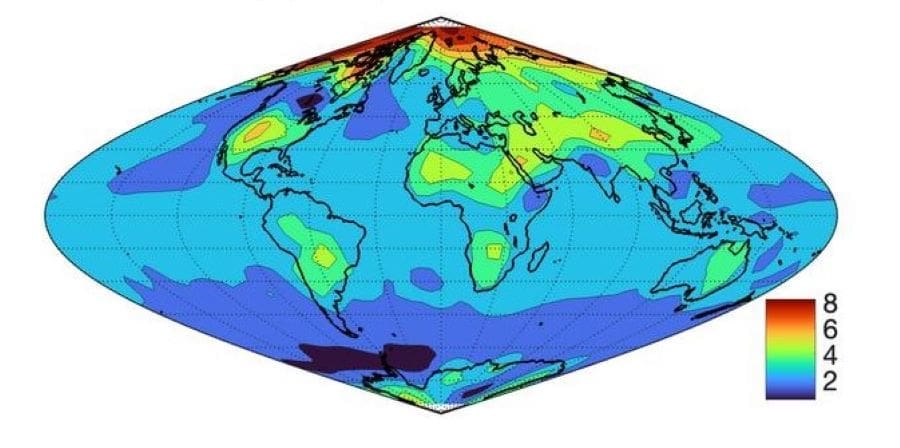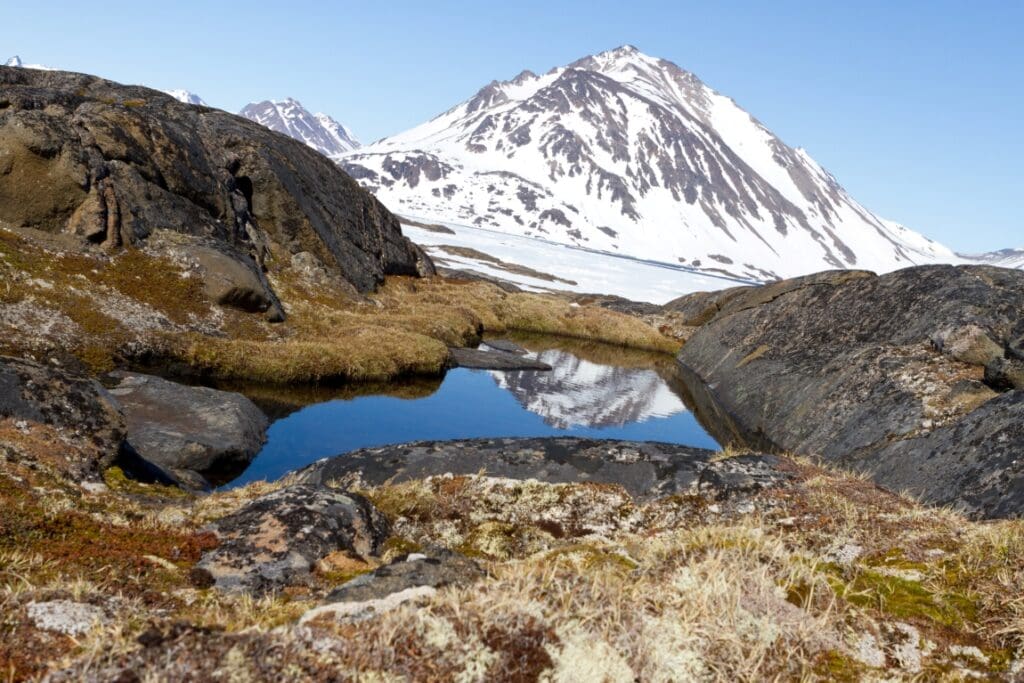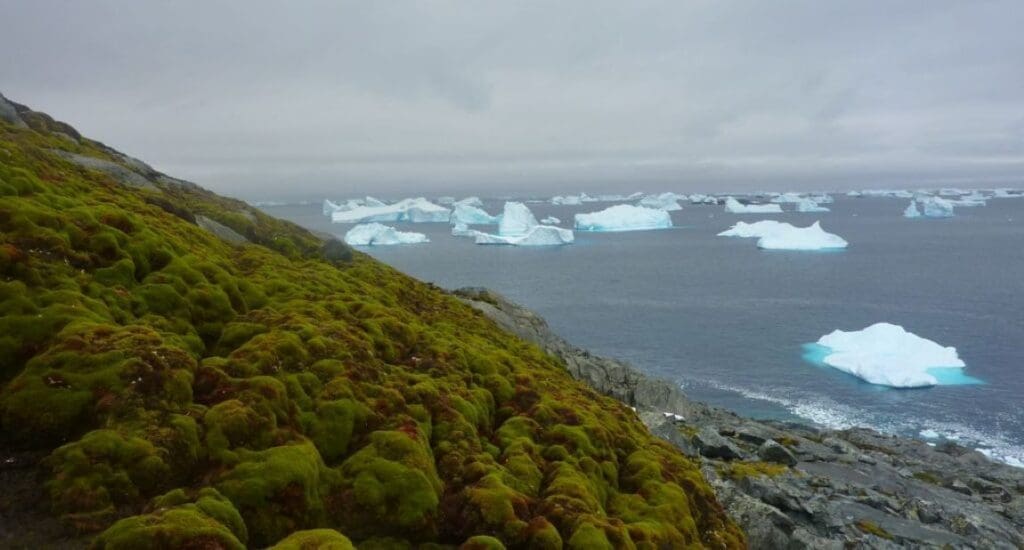A groundbreaking theoretical advancement has provided scientists with an improved framework for understanding the connections between observed climate changes and their human-made or natural causes.
This leap in climate modelling could enable early warnings of catastrophic climate tipping points, offering policymakers the tools to respond more effectively to emerging threats.
The innovation stems from an international collaboration between Valerio Lucarini, a mathematician at the University of Leicester, and scientist Mickaël Chekroun of the University of California, Los Angeles, and the Weizmann Institute of Science. Their research employs principles of statistical mechanics to refine the detection of human-caused climate change signals amid natural variability and anticipate potential climatic tipping points.

Tipping points, such as the collapse of the Atlantic Ocean’s circulation or the Amazon rainforest, represent critical thresholds beyond which the climate system undergoes irreversible and large-scale changes. While these events carry dire consequences, their onset has proven challenging to predict due to the “background noise” of natural climate variability obscuring human-made signals.
This study, published in Physical Review Letters, advances beyond traditional statistical methods, which, while valuable, lack insights into the dynamic processes shaping climate systems. The researchers developed a mathematical model rooted in statistical mechanics, the physics of random dynamical processes. This approach dynamically reconstructs how observed climate conditions arose, providing a clearer “fingerprint” of human influence on climate.
Professor Lucarini emphasized the importance of this development in addressing skepticism about attributing climate change to human activities. “Climate change sceptics have questioned how you can relate a forcing in a system that fluctuates a lot to a specific cause,” he explained. “The breakthrough we made is in connecting the physics of the system, the laws that determine the evolution of the system, to what you can observe.”
Dr. Chekroun highlighted the significance of their findings, noting, “This is quite a big step because it tells us that the detection and attribution methods we have used for many years to say that climate change is there are well founded. We have advanced substantially the theory of climate dynamics and of the relationship between climate variability and climate change.”
This theoretical advancement not only strengthens confidence in climate change attribution but also offers a pathway to identifying early warnings of tipping points. Policymakers stand to benefit from more reliable assessments of climate risks, enabling targeted actions to mitigate potential disasters.
Journal Reference:
Valerio Lucarini and Mickaël D. Chekroun, ‘Detecting and Attributing Change in Climate and Complex Systems: Foundations, Green’s Functions, and Nonlinear Fingerprints’, Physical Review Letters 133, 244201 (2024). DOI: 10.1103/PhysRevLett.133.244201
Article Source:
Press Release/Material by University of Leicester
Featured image credit: user6702303 | Freepik




